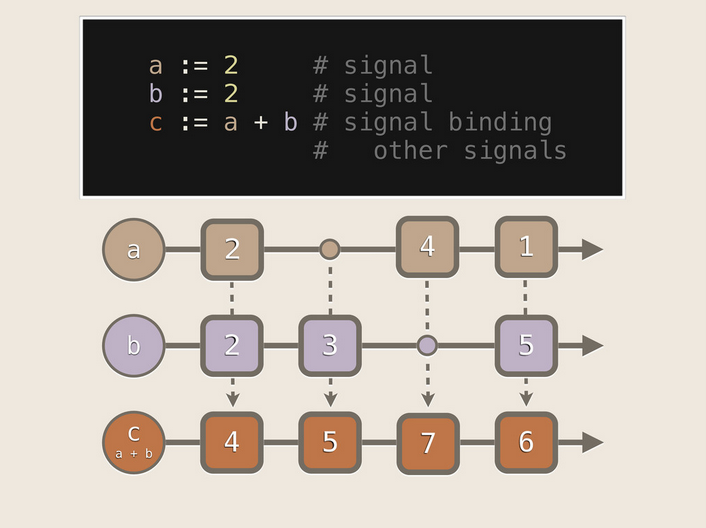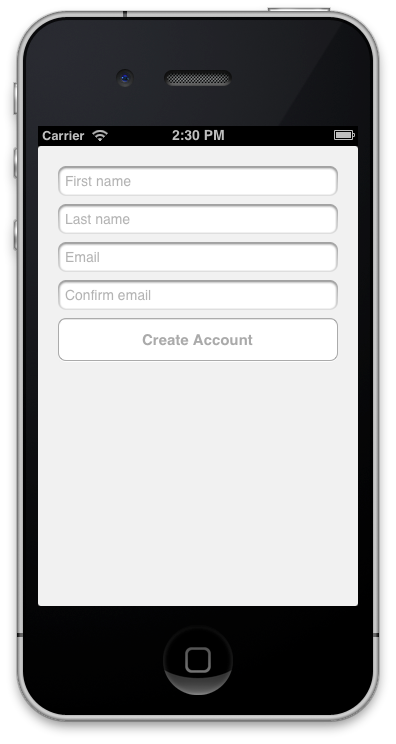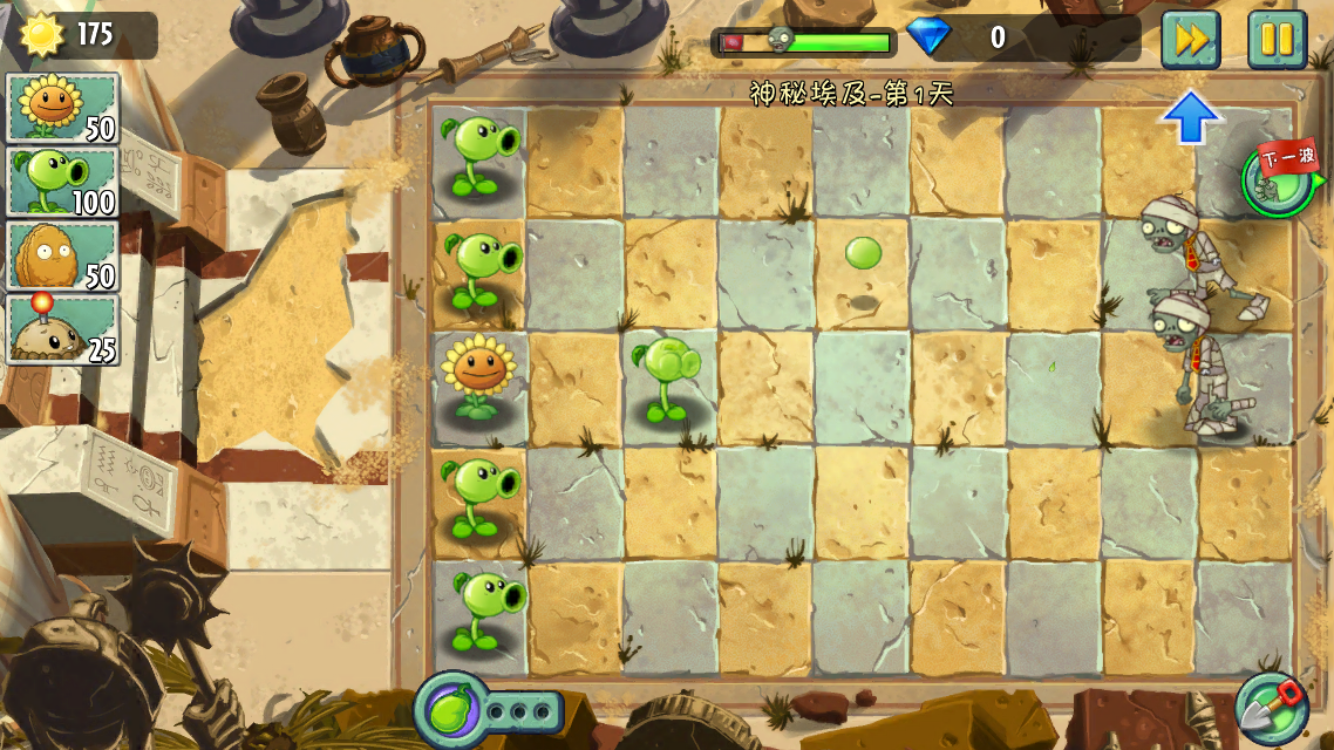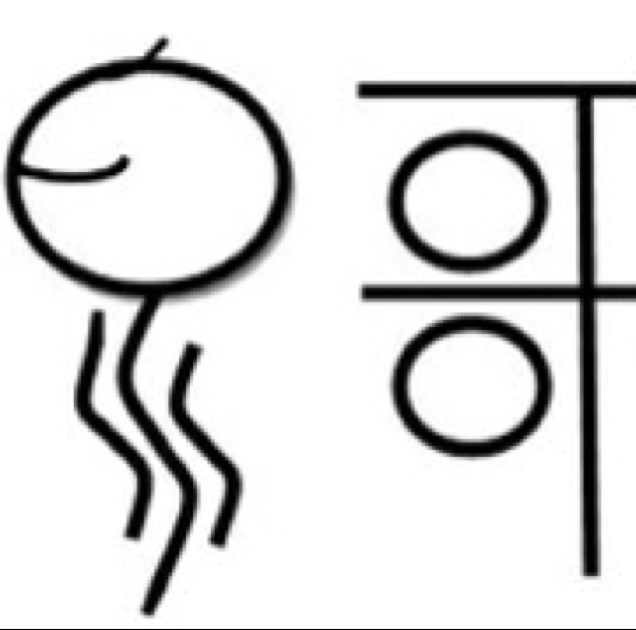iOS充电日记--RACSignal
摘要:ReactiveCocoa 这个框架是我从入职CSDN以后接触的,在每个项目中都会用到,所以它的作用非常重要,下面的东西都会跟它有关,文章也主要偏向源码分析。
##代码规范
我们在看开源项目的时候源代码能让我们学习很多东西,那么就让我们先看看下面的代码
#import <Foundation/Foundation.h>
@class RACCompoundDisposable;
@class RACDisposable;
@class RACSignal;
@interface NSObject (RACDeallocating)
/// The compound disposable which will be disposed of when the receiver is
/// deallocated.
@property (atomic, readonly, strong) RACCompoundDisposable *rac_deallocDisposable;
/// Returns a signal that will complete immediately before the receiver is fully
/// deallocated. If already deallocated when the signal is subscribed to,
/// a `completed` event will be sent immediately.
- (RACSignal *)rac_willDeallocSignal;
@end从上面的代码我们可以看到5点:
1、在头文件中类的前向声明使用@class
2、category名称的命名规范 如果是对iOS sdk的类或其他第三方库的类 加category ,要加上本项目的前缀
3、property的修饰词 尽可能写全,虽然不写也有默认的
4、property的命名规范 如果是对iOS sdk的类或其他第三方库的类 加category ,要加上本项目的前缀
5、函数的命名规范 如果是对iOS sdk的类或其他第三方库的类 加category ,要加上本项目的前缀
对于4、5我写了个例子
//
// UIView+WillChange.h
// RACTest
//
// Created by 张如泉 on 15/10/26.
// Copyright © 2015年 quange. All rights reserved.
//
#import <UIKit/UIKit.h>
@interface UIView (WillChange)
- (CGFloat)width;
@end
//
// UIView+WillChange.m
// RACTest
//
// Created by 张如泉 on 15/10/26.
// Copyright © 2015年 quange. All rights reserved.
//
#import "UIView+WillChange.h"
@implementation UIView (WillChange)
- (CGFloat)width
{
return 90;
}
@end
//
// UIView+SomeThing.h
// RACTest
//
// Created by 张如泉 on 15/10/26.
// Copyright © 2015年 quange. All rights reserved.
//
#import <UIKit/UIKit.h>
@interface UIView (SomeThing)
- (CGFloat)width;
@end
//
// UIView+SomeThing.m
// RACTest
//
// Created by 张如泉 on 15/10/26.
// Copyright © 2015年 quange. All rights reserved.
//
#import "UIView+SomeThing.h"
@implementation UIView (SomeThing)
- (CGFloat)width
{
return 10;
}
@end
//
// UIView+Zero.h
// RACTest
//
// Created by 张如泉 on 15/10/26.
// Copyright © 2015年 quange. All rights reserved.
//
#import <UIKit/UIKit.h>
@interface UIView (Zero)
- (CGFloat)width;
@end
//
// UIView+Zero.m
// RACTest
//
// Created by 张如泉 on 15/10/26.
// Copyright © 2015年 quange. All rights reserved.
//
#import "UIView+Zero.h"
@implementation UIView (Zero)
- (CGFloat)width
{
return 0;
}
@end将上面三个category同时加入到项目中
例子RACTest
然后在
RACTViewController的viewDidLoad中调用
NSLog(@"category返回的view的宽度到底是多少%@",@([self.view width]));我们可以看到结果可能跟我们的想象的很不同,尽管我们#import "UIView+WillChange.h"但是加载的并不是这里面的函数
那么它到底跟什么有关系呢 ,我们试着调整一下这里面的顺序

调整以后我们可以看到结果其实是跟编译文件的先后顺序有关系的
所以我们要在自己的category中的函数前面加在自己项目的前缀
##RAC
ReactiveCocoa (RAC) is a Cocoa framework inspired by Functional Reactive Programming.这句话是RAC对自己的介绍。那么在看这句话的时候我们我们就要先弄清楚,什么是FRP(Functional Reactive Programming)。 这里我们引入李忠博客的一段话
Functional Reactive Programming(以下简称FRP)是一种响应变化的编程范式。先来看一小段代码
a = 2
b = 2
c = a + b // c is 4
b = 3
// now what is the value of c?如果使用FRP,c的值将会随着b的值改变而改变,所以叫做「响应式编程」。比较直观的例子就是Excel,当改变某一个单元格的内容时,该单元格相关的计算结果也会随之改变。
FRP提供了一种信号机制来实现这样的效果,通过信号来记录值的变化。信号可以被叠加、分割或合并。通过对信号的组合,就不需要去监听某个值或事件。

这在重交互的应用里是非常有用的。以注册为例:

提交按钮的状态要跟输入框的状态绑定,比如必选的输入框没有填完时,提交按钮是灰色的,也就是不可点;如果提交按钮不可点,那么文字变成灰色,不然变成蓝色;如果正在提交,那么输入框的文字颜色变成灰色,且不可点,不然变成默认色且可点;如果注册成功就在状态栏显示成功信息,不然显示错误信息,等等。
可以看到光是注册页就有这么多的联动,在javascript中可以采用事件监听来处理,iOS中更多的是delegate模式,本质上都是事件的分发和响应。这种做法的缺点是不够直观,尤其在逻辑比较复杂的情况下。这也是为什么尽管nodejs很高效,但由于javascript的callback style和异步模式不符合正常的编程习惯,让很多人望而却步。
使用FRP主要有两个好处:直观和灵活。直观的代码容易编写、阅读和维护,灵活的特性便于应对变态的需求。
ReactiveCocoa是github开源的一个项目,是在iOS平台上对FRP的实现。FRP的核心是信号,信号在ReactiveCocoa(以下简称RAC)中是通过RACSignal来表示的,信号是数据流,可以被绑定和传递。
##RACSignal

//伤害值
const NSInteger hurtNumer = 5;
//伤害次数
__block NSInteger usedNumber = 0;
//植物大战僵尸 中的豌豆射手(这个射手一次 可以连发三发子弹)
RACSignal *peaKiller = [RACSignal createSignal:^ RACDisposable * (id<RACSubscriber> subscriber) {
usedNumber++;
if(usedNumber >2)
[subscriber sendError:[NSError errorWithDomain:@"MyDomain" code:0 userInfo:@{NSLocalizedDescriptionKey:@"不好意思,正在冷却"}]];
else
{
//发射第一发豌豆子弹
[subscriber sendNext:@(hurtNumer)];
//发射第二发豌豆子弹
[subscriber sendNext:@(hurtNumer+1)];
//结束发射
[subscriber sendCompleted];
//发射第三发豌豆子弹
[subscriber sendNext:@(hurtNumer+2)];
}
return [RACDisposable disposableWithBlock:^{
NSLog(@"进行清理工作");
}];;
}];
//第一次使用豌豆射手 ,并且设置接受子弹后处理 (这里用block 生成一个RACSubscriber对象,block内的代码 就是接受到子弹后处理)
[peaKiller subscribeNext:^(id x) {
NSLog(@"接收到一个豌豆子弹,对僵尸1减去生命值 %@", x);
}];
//第二次使用豌豆射手 map 相当于对子弹进行加工 比如加上寒冰属性 使伤害值加100
RACDisposable * dispose = [[peaKiller map:^id(id value) {
return @([value integerValue] +100);
}] subscribeNext:^(id x) {
NSLog(@"接收到一个豌豆子弹,,对僵尸2减去生命值 %@", x);
}];
//第三次使用豌豆射手
[peaKiller subscribeNext:^(id x) {
NSLog(@"第三次使用,这次还有子弹么 %@", x);
} error:^(NSError *error) {
NSLog(@"第三次使用,报错:%@",NSLocalizedString([error userInfo][NSLocalizedDescriptionKey], nil));
}];
//游戏结束 进行清理工作
[dispose dispose];运行结果为
2015-10-29 11:05:33.316 RACTest[2278:77308] 接收到一个豌豆子弹,对僵尸1减去生命值 5
2015-10-29 11:05:33.316 RACTest[2278:77308] 接收到一个豌豆子弹,对僵尸1减去生命值 6
2015-10-29 11:05:33.316 RACTest[2278:77308] 进行清理工作
2015-10-29 11:05:33.317 RACTest[2278:77308] 接收到一个豌豆子弹,,对僵尸2减去生命值 105
2015-10-29 11:05:33.317 RACTest[2278:77308] 接收到一个豌豆子弹,,对僵尸2减去生命值 106
2015-10-29 11:05:33.317 RACTest[2278:77308] 进行清理工作
2015-10-29 11:05:33.318 RACTest[2278:77308] 第三次使用,报错:不好意思,正在冷却
2015-10-29 11:05:33.318 RACTest[2278:77308] 进行清理工作好吧,下面让我们一点点看代码,首先来看豌豆射手是如何创建的 createSignal 后面跟着一个block,入口参数为是一个集成了RACSubscriber协议的对象,
#import <Foundation/Foundation.h>
@class RACCompoundDisposable;
/// Represents any object which can directly receive values from a RACSignal.
///
/// You generally shouldn't need to implement this protocol. +[RACSignal
/// createSignal:], RACSignal's subscription methods, or RACSubject should work
/// for most uses.
///
/// Implementors of this protocol may receive messages and values from multiple
/// threads simultaneously, and so should be thread-safe. Subscribers will also
/// be weakly referenced so implementations must allow that.
@protocol RACSubscriber <NSObject>
@required
/// Sends the next value to subscribers.
///
/// value - The value to send. This can be `nil`.
- (void)sendNext:(id)value;
/// Sends the error to subscribers.
///
/// error - The error to send. This can be `nil`.
///
/// This terminates the subscription, and invalidates the subscriber (such that
/// it cannot subscribe to anything else in the future).
- (void)sendError:(NSError *)error;
/// Sends completed to subscribers.
///
/// This terminates the subscription, and invalidates the subscriber (such that
/// it cannot subscribe to anything else in the future).
- (void)sendCompleted;
/// Sends the subscriber a disposable that represents one of its subscriptions.
///
/// A subscriber may receive multiple disposables if it gets subscribed to
/// multiple signals; however, any error or completed events must terminate _all_
/// subscriptions.
- (void)didSubscribeWithDisposable:(RACCompoundDisposable *)disposable;
@end从代码中我们可以看到继承此协议的必须要实现四个方法sendNext、sendError、sendCompleted、didSubscribeWithDisposable
继续上面说,block的出口参数为RACDisposable类型的一个对象,RACDisposable又到底是什么东东
#import <Foundation/Foundation.h>
@class RACScopedDisposable;
/// A disposable encapsulates the work necessary to tear down and cleanup a
/// subscription.
@interface RACDisposable : NSObject
/// Whether the receiver has been disposed.
///
/// Use of this property is discouraged, since it may be set to `YES`
/// concurrently at any time.
///
/// This property is not KVO-compliant.
@property (atomic, assign, getter = isDisposed, readonly) BOOL disposed;
+ (instancetype)disposableWithBlock:(void (^)(void))block;
/// Performs the disposal work. Can be called multiple times, though subsequent
/// calls won't do anything.
- (void)dispose;
/// Returns a new disposable which will dispose of this disposable when it gets
/// dealloc'd.
- (RACScopedDisposable *)asScopedDisposable;
@endRACDisposable是一个清理对象,可以在里面做一些清理的动作,比如发送一个网络请求,我们现在反悔了,怎么停止呢,就可以用它。
那么createSignal里面又写了个啥,继续看
+ (RACSignal *)createSignal:(RACDisposable * (^)(id<RACSubscriber> subscriber))didSubscribe {
return [RACDynamicSignal createSignal:didSubscribe];
}RACDynamicSignal又是个啥东东
//
// RACDynamicSignal.h
// ReactiveCocoa
//
// Created by Justin Spahr-Summers on 2013-10-10.
// Copyright (c) 2013 GitHub, Inc. All rights reserved.
//
#import "RACSignal.h"
// A private `RACSignal` subclasses that implements its subscription behavior
// using a block.
@interface RACDynamicSignal : RACSignal
+ (RACSignal *)createSignal:(RACDisposable * (^)(id<RACSubscriber> subscriber))didSubscribe;
@end
//
// RACDynamicSignal.m
// ReactiveCocoa
//
// Created by Justin Spahr-Summers on 2013-10-10.
// Copyright (c) 2013 GitHub, Inc. All rights reserved.
//
#import "RACDynamicSignal.h"
#import "RACEXTScope.h"
#import "RACCompoundDisposable.h"
#import "RACPassthroughSubscriber.h"
#import "RACScheduler+Private.h"
#import "RACSubscriber.h"
#import <libkern/OSAtomic.h>
@interface RACDynamicSignal ()
// The block to invoke for each subscriber.
@property (nonatomic, copy, readonly) RACDisposable * (^didSubscribe)(id<RACSubscriber> subscriber);
@end
@implementation RACDynamicSignal
#pragma mark Lifecycle
+ (RACSignal *)createSignal:(RACDisposable * (^)(id<RACSubscriber> subscriber))didSubscribe {
RACDynamicSignal *signal = [[self alloc] init];
signal->_didSubscribe = [didSubscribe copy];
return [signal setNameWithFormat:@"+createSignal:"];
}
#pragma mark Managing Subscribers
- (RACDisposable *)subscribe:(id<RACSubscriber>)subscriber {
NSCParameterAssert(subscriber != nil);
RACCompoundDisposable *disposable = [RACCompoundDisposable compoundDisposable];
subscriber = [[RACPassthroughSubscriber alloc] initWithSubscriber:subscriber signal:self disposable:disposable];
if (self.didSubscribe != NULL) {
RACDisposable *schedulingDisposable = [RACScheduler.subscriptionScheduler schedule:^{
RACDisposable *innerDisposable = self.didSubscribe(subscriber);
[disposable addDisposable:innerDisposable];
}];
[disposable addDisposable:schedulingDisposable];
}
return disposable;
}
@end从上面的代码可以看到 createSignal实际上是创建了RACDynamicSignal对象,把刚才的block参数保存在_didSubscribe属性中了。 让我继续看 使用一次豌豆射手让其发射三发子弹的函数 subscribeNext参数也是一个block,入口参数是id类型的。
- (RACDisposable *)subscribeNext:(void (^)(id x))nextBlock {
NSCParameterAssert(nextBlock != NULL);
RACSubscriber *o = [RACSubscriber subscriberWithNext:nextBlock error:NULL completed:NULL];
return [self subscribe:o];
}源码中用这个block生成了一个RACSubscriber类型的对象
//
// RACSubscriber+Private.h
// ReactiveCocoa
//
// Created by Justin Spahr-Summers on 2013-06-13.
// Copyright (c) 2013 GitHub, Inc. All rights reserved.
//
#import "RACSubscriber.h"
// A simple block-based subscriber.
@interface RACSubscriber : NSObject <RACSubscriber>
// Creates a new subscriber with the given blocks.
+ (instancetype)subscriberWithNext:(void (^)(id x))next error:(void (^)(NSError *error))error completed:(void (^)(void))completed;
@end
//
// RACSubscriber.m
// ReactiveCocoa
//
// Created by Josh Abernathy on 3/1/12.
// Copyright (c) 2012 GitHub, Inc. All rights reserved.
//
#import "RACSubscriber.h"
#import "RACSubscriber+Private.h"
#import "RACEXTScope.h"
#import "RACCompoundDisposable.h"
@interface RACSubscriber ()
// These callbacks should only be accessed while synchronized on self.
@property (nonatomic, copy) void (^next)(id value);
@property (nonatomic, copy) void (^error)(NSError *error);
@property (nonatomic, copy) void (^completed)(void);
@property (nonatomic, strong, readonly) RACCompoundDisposable *disposable;
@end
@implementation RACSubscriber
#pragma mark Lifecycle
+ (instancetype)subscriberWithNext:(void (^)(id x))next error:(void (^)(NSError *error))error completed:(void (^)(void))completed {
RACSubscriber *subscriber = [[self alloc] init];
subscriber->_next = [next copy];
subscriber->_error = [error copy];
subscriber->_completed = [completed copy];
return subscriber;
}
- (id)init {
self = [super init];
if (self == nil) return nil;
@unsafeify(self);
RACDisposable *selfDisposable = [RACDisposable disposableWithBlock:^{
@strongify(self);
@synchronized (self) {
self.next = nil;
self.error = nil;
self.completed = nil;
}
}];
_disposable = [RACCompoundDisposable compoundDisposable];
[_disposable addDisposable:selfDisposable];
return self;
}
- (void)dealloc {
[self.disposable dispose];
}
#pragma mark RACSubscriber
- (void)sendNext:(id)value {
@synchronized (self) {
void (^nextBlock)(id) = [self.next copy];
if (nextBlock == nil) return;
nextBlock(value);
}
}
- (void)sendError:(NSError *)e {
@synchronized (self) {
void (^errorBlock)(NSError *) = [self.error copy];
[self.disposable dispose];
if (errorBlock == nil) return;
errorBlock(e);
}
}
- (void)sendCompleted {
@synchronized (self) {
void (^completedBlock)(void) = [self.completed copy];
[self.disposable dispose];
if (completedBlock == nil) return;
completedBlock();
}
}
- (void)didSubscribeWithDisposable:(RACCompoundDisposable *)otherDisposable {
if (otherDisposable.disposed) return;
RACCompoundDisposable *selfDisposable = self.disposable;
[selfDisposable addDisposable:otherDisposable];
@unsafeify(otherDisposable);
// If this subscription terminates, purge its disposable to avoid unbounded
// memory growth.
[otherDisposable addDisposable:[RACDisposable disposableWithBlock:^{
@strongify(otherDisposable);
[selfDisposable removeDisposable:otherDisposable];
}]];
}
@end而此类正式集成了上面的RACSubscriber协议,而且也按规定实现了sendNext、sendError、sendCompleted、didSubscribeWithDisposable 此类会把刚才的block保存在自己的next属性中,另外看看sendCompleted和sendError函数,可以看到里面调用了[self.disposable dispose];所以会在sendCompleted和sendError动作里面有个清理的行为 然后再继续看RACDynamicSignal的subscribe的函数
可以看到实际上 [peaKiller subscribeNext:的参数实际上是传到了 [RACSignal createSignal:的block的入口参数里。
所以
//发射第一发豌豆子弹
[subscriber sendNext:@(hurtNumer)];实际上 执行了一次[peaKiller subscribeNext:所传的block。
上面就是一个豌豆射手是如何创建的 如何使用的。
再来看看第二次使用豌豆射手 map ,map实际上对数据豌豆子弹修改,比如加上冰或者火的属性 由于时间关系,具体代码下次再来看
